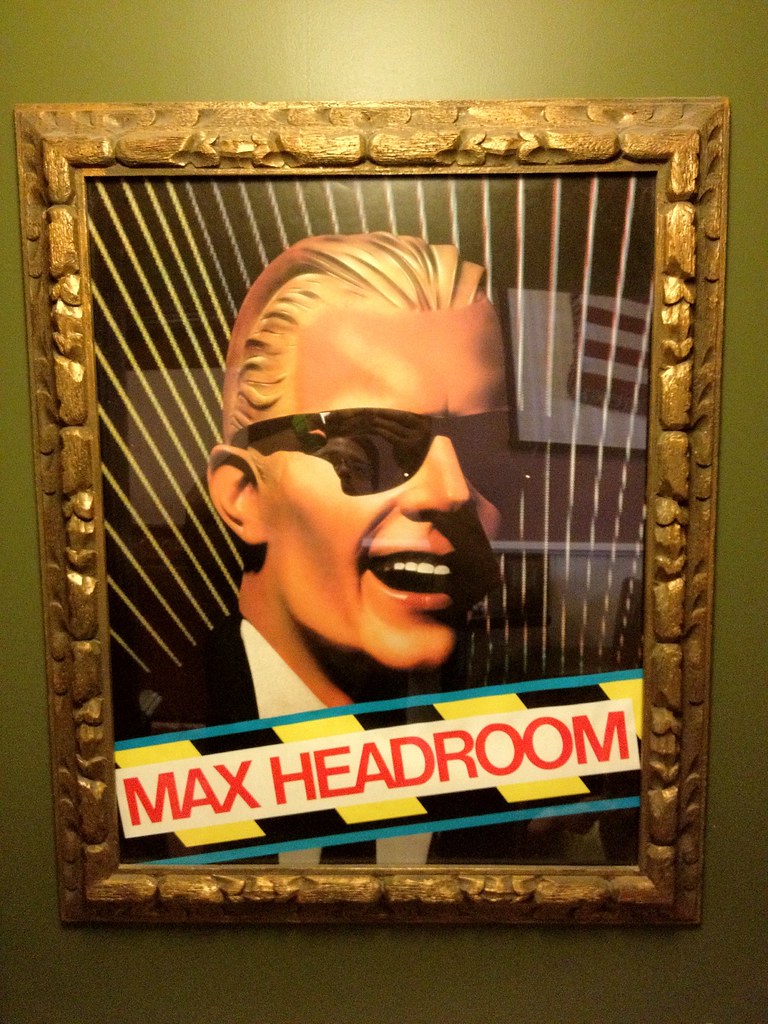Your Legal Resource
How Max Max Headroom Was Animated
Many people believed Max Headroom, the Channel 4 character from the Eighties, was actually a computer-generated animation. But, despite being created by the illustrators Rocky Morton and Annabel Jankel (of Cucumber Films) Max himself was depicted by Matt Frewer with some technical effects, latex cosmetics, and a sparkling ensemble.
The production team removed half the frames from the recording of Max Headroom. This made the footage look juddery giving the appearance of animation. In addition, Frewer was filmed in from of a bluescreen so they could insert a digital background. The team even added the stammer which turned into Max's trademark completing his character.
Pseudo-CGI
This technique appears fairly strange by today's standards. Especially with the introduction of Maya, Xtranormal, and Blender. Max Headroom was made when 3D CGI was alluring, but not cost-effective. So when 3D CGI didn't fit within the production budget the production team had to simulate the computer animation.
During this period, it was normal to mimic computerized animation with hand-drawn methods. This was regularly utilized as a visual theme in children's sci-fi-themed shows. Like, the cel-energized wireframes in the intro of Transformers. It was also effectively utilized by Rod Lord's animation work on the TV series Hitchhiker's Guide to the Galaxy in 1981.
I keep thinking about whether we may undoubtedly group those arrangements as animations these days. With various advancements presently utilized today, the past definition (which demanded that the actual development should be made by the illustrator) appears to be somewhat antiquated. Nowadays anything that shows up on screen and moves that isn't live-action will generally fall under the animation umbrella. The current mainstream equivalent for animation, 'manipulated moving image', seems like it was made for Max.
Effects That Created An Icon
Obviously, if Max had been made utilizing real CGI he would have wound up as a creaky old relic, rather like the "Money for Nothing" video which came out the year after he did. Fortunately for Jankel, Morton, and Frewer concocted a really iconic character that has aged shockingly well.
Today, it is easy for artists to become dependant on computer programs and forget about the technical effects and their aesthetics. What Max Headroom and many other pieces referenced here show is the opposite impact: new technology inspiring creativity in technical effects. This creativity has a genuine appeal that is missing in present-day digital animations.
Max Headroom
Max Headroom: 20 Minutes into the Future was a snarky take on media and corporate avarice, told through the eyes of insightful writer Edison Carter (Matt Frewer) and his PC-produced personality: a man-made consciousness named Max Headroom.
20 Minutes into the Future started off a broad establishment, and Max turned into a particular '80s mainstream society marvel that addressed everything brilliant and horrendous about the decade. Max facilitated music video shows; Max talked with superstars; Max peddled New Coke; Max Headroom became US network TV's absolute first cyberpunk arrangement. Max was unpreventable � and afterward practically similarly as fast as he had shown up, he was no more.
